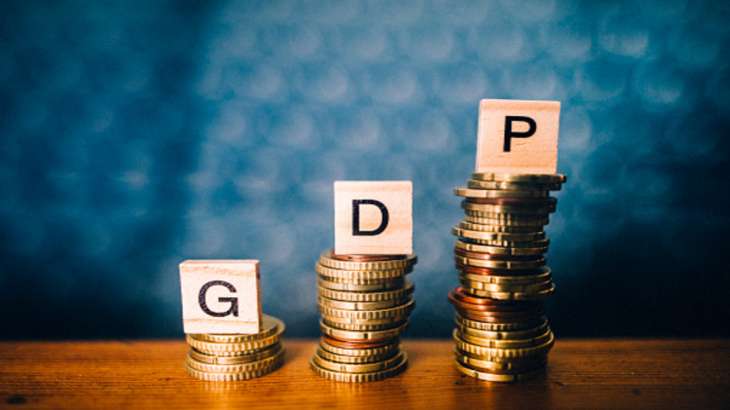
The Economic Survey for 2023-24 was tabled in Parliament on Tuesday, a day before Finance Minister Nirmala Sitharaman presented the Union Budget in Parliament. Economic Survey is an annual economic report card which is given a day before the budget and assesses the performance of each sector and suggests steps to be taken in future.
The Department of Economic Affairs (DEA) compiled the Economic Survey under the supervision of Chief Economic Adviser V Ananth Nageswaran.
Salient features of Economic Survey.
GDP growth
India will continue to be the fastest growing major economy in the world. Recovering from the pandemic-induced recession, Russian-Ukraine war and inflation, the Indian economy is improving broadly across all sectors, with the target of resuming pre-pandemic growth in FY23. India’s GDP growth is predicted to remain strong at 7% in FY24. (in real terms). This is after a growth of 8.7% in the previous financial year. Based on global economic and political events, FY24 GDP is expected to be in the range of 6-6.8%.
The Economic Survey 2022-23 has estimated nominal GDP growth at 11% and real GDP growth at 6.5% in FY24.
inflation
In November 2022, retail inflation will return within the RBI’s target range, with the RBI forecasting 6.8 per cent inflation this fiscal, above the upper target range but not enough to spur private spending or It is not enough to reduce the incentive to invest. Borrowing costs may remain ‘high for a long time’ as a result of persistent inflation, which may exacerbate the tightening cycle.
current account deficit
The Economic Survey warned that with the US Fed looking more likely to hike policy rates, the rupee continues to underperform most other currencies. The CAD could widen further if global commodity prices remain high and economic growth momentum remains strong. If the current account deficit deepens, then there may be pressure on the rupee.
CAD risks come from a variety of factors. While commodity prices have fallen from record highs, they remain higher than pre-conflict levels. This widened the current account deficit (CAD), which had already widened with India’s growth spurt.
For FY23, India has sufficient forex reserves to finance the CAD and intervene in the currency market to limit rupee volatility.